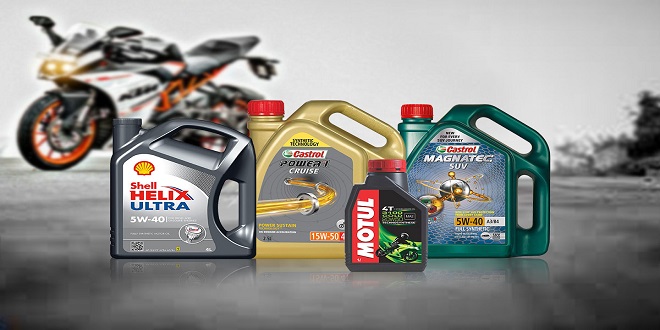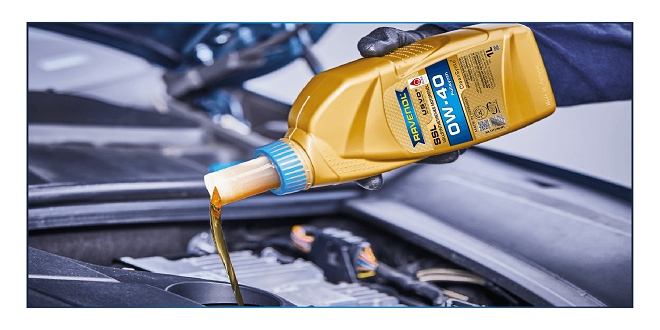Various types of motor oil are on the market, each designed for a particular purpose. This section helps you choose the proper type of oil for your vehicle by explaining the significance of the oil additives, viscosity ratings, and classification codes that you’ll encounter at auto parts stores and service stations.
Oil additives
To help the oil keep your engine cool, calm, collected — and clean and corrosion-free — refiners blend in various additives, which can account for as much as 25 percent of the cost of the oil. (Don’t confuse these with the aftermarket additives sold at auto supply stores, described in the sidebar called “Using aftermarket additives: Should you or shouldn’t you?”)
Viscosity ratings
Oil is rated and identified by its viscosity, which determines its ability to flow. In cold weather, oil thickens and becomes less able to flow through the engine. In hot weather, oil thins out, and although it flows well enough, it may become so thin that it can’t prevent friction.
Using aftermarket additives: Should you or shouldn’t you
You can buy three basic types of aftermarket additives in auto parts stores, each of which is designed to augment the additives in the oil itself. The first type thickens the oil. The second type loosens junk and dissolves gummy deposits. The third type acts as a friction lubricant to make the oil “tougher” under extreme temperatures and usage.
Remember that even though most oils don’t advertise the presence of additives, they already have most of this stuff in them, and no amount of additional additives can improve the performance of oil unless the oil you start with is of the best grade. If you buy a wellknown brand, you get all the protection you need in these categories if your engine is in reasonably good shape.
If you use API-rated oil of the proper weight and classification and change it often, you can leave the rest of the additives on the store shelves. They may provide temporary relief if the engine is disintegrating, but they’re not a cure for a worn-down, filthy, miserable old engine.
And using aftermarket oil additives actually may void the manufacturer’s warranty on some engines.
Two types of oil are on the market: single-viscosity oil and multi-viscosity oil. (These are also called single-weight and multi-weight or multigrade.) For many years almost every vehicle has been designed to run on multi-viscosity oil. Automakers rate oil viscosity according to the temperature range expected over the oil change period.
The lower the number, the thinner the oil and the more easily it flows. In 10W-40 oil, for example, the two numbers mean that it’s a multi-viscosity oil that’s effective over a range of temperatures. The first number, 10, is an index that refers to how the oil flows at low temperatures.
The second number, 40, refers to how it flows at high temperatures. The W designation means that the oil can be used in winter.
Last word
To find out which viscosity to choose for your vehicle, look in your owner’s manual for an oil viscosity chart.
Just select the range of temperatures in any location where you plan to spend a good deal of time driving and the type of driving conditions you will operate under, and look on the chart for the grade of oil recommended for use. If you don’t have an owner’s manual, check with your dealership.
 Thefashion2day Popular Fashion News Website
Thefashion2day Popular Fashion News Website




